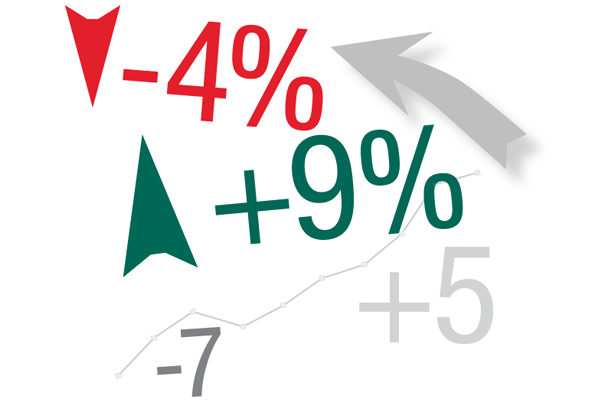Granted, our small farm borders between a business and a hobby, and our livestock are only with us for a short period of time, so the amount of record-keeping we need to do pales in comparison to a full-fledged dairy operation. However, the need to do so is still there.
We started with annual financial reports, and now I run them monthly to keep better tabs on income and expenses. Actually seeing the numbers on paper is far more helpful than a round of mental math or just looking at what is in the chequebook to know how well (or not-so-well) the farm is doing.
Record-keeping for our calves is still a struggle. We keep paper records in the barn – that are manually entered in a computer spreadsheet whenever someone remembers to bring them to the house.
We keep track of the animal’s date of arrival, date of weaning, date of sale, treatments and deaths. This helps us know our days on milk, illness rate and death rate to see how well we are doing at caring for our animals.
A set of records I wish we kept, but have yet to do so, is tracking the market prices from each sale. It was an idea I had from the start but never got around to setting up.
Two years down the road, as we were trying to gauge when would be a good time to bring in new sets of calves and when we would want to sell them, it would have been great to see the market trends set up from the historical information we collected.
Looking at these reports, even if few and far between, have helped us make better business decisions. At the end of the year, we can have a feel for if it was a good year or a bad year, but once the numbers are staring back at us, we really know how it turned out and to what extent.
That’s why I think the dairy records kept by Statistics Canada are vital to the Canadian dairy industry as a whole. It is a way to know for sure how well things are going in the industry without just guessing from year to year.
In this issue, we deliver our annual dairy statistics poster using information gathered from Statistics Canada relating to the dairy industry. We’ve pulled the reports and crunched some numbers to show you how the industry did in 2015.
Overall, I have to say it looks like it was a good year. While farm numbers continue to decline, farm performance is on its way up. There continues to be an increasing demand for dairy farms to produce milk, and farms across Canada are answering that call.
The import and export side took another hit with the amount of exports continuing to fall. However, imports leveled out, which helped rein in the widening of Canada’s dairy trade balance (the difference between exports and imports).
To me, these are shaping up to be the most interesting numbers to follow in the next few years, as it will demonstrate the impact of the Comprehensive Economic and Trade Agreement between Canada and the European Union, possibly the Trans-Pacific Partnership, the new ingredient strategy and imports of duty-free ingredients.
Each of those items has the potential to widen or narrow the trade balance and even, more importantly, the number on the inside spread that shows the amount of milk produced each year in Canada.
Just as you review your own farm reports each year, I encourage you to take a good look at the industry’s annual report to see a clear picture of the current state of Canada’s dairy industry. PD

-
Karen Lee
- Editor
- Progressive Dairyman
- Email Karen Lee










